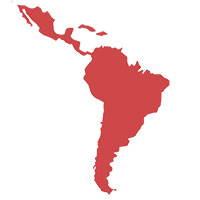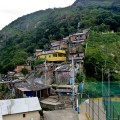REDD in Chiapas
Cécile S | August 10, 2014.
When Mexico entered the UNFCCC’s Reducing Emissions from Deforestation and Degradation (REDD+) program it wasn’t for the protection of forest homes in the state of Chiapas. It was so Mexico, a country willing and able to reduce carbon emissions from deforestation, could be financially remunerated.
A REDD project in Chiapas could now be included in California’s cap and trade scheme through a convoluted accounting process.
Only “certified land tenure” plots are eligible for becoming REDD projects. Most indigenous peoples reside on independent territories conquered by the Zapatista Army for National Liberation Army in 2004. Activists have claimed that REDD is being used by the Mexican government to resolve problems of autonomous Zapatistas communities. The few benefits of REDD are often most inaccessible to people who rely most heavily on forests.
Sustainable Rural Cities Programme (SRCP), one REDD project, relocates peasant farming communities into prefabricated housing settlements to improve their economic conditions, despite the settlements being nothing more than badly built and designed shanties.
Chiapas Minister of Environmental Affairs Fernando Rosas does little to dispel the myth that the houses are small. He emphasises that it is more important for people to have access to education, heal services and infrastructure though.
“We have many difficulties because of the dispersion of people, we could not build a hospital for only thirty people,” Rosas explains. According to government officials, the SRCP took adjustment time for indigenous peoples but they were eventually convinced because of being able to access the benefits of social services. Critics of the program are sceptical and hold that similar services were actually reduced and redistributed to where the SRCP was active.













comment